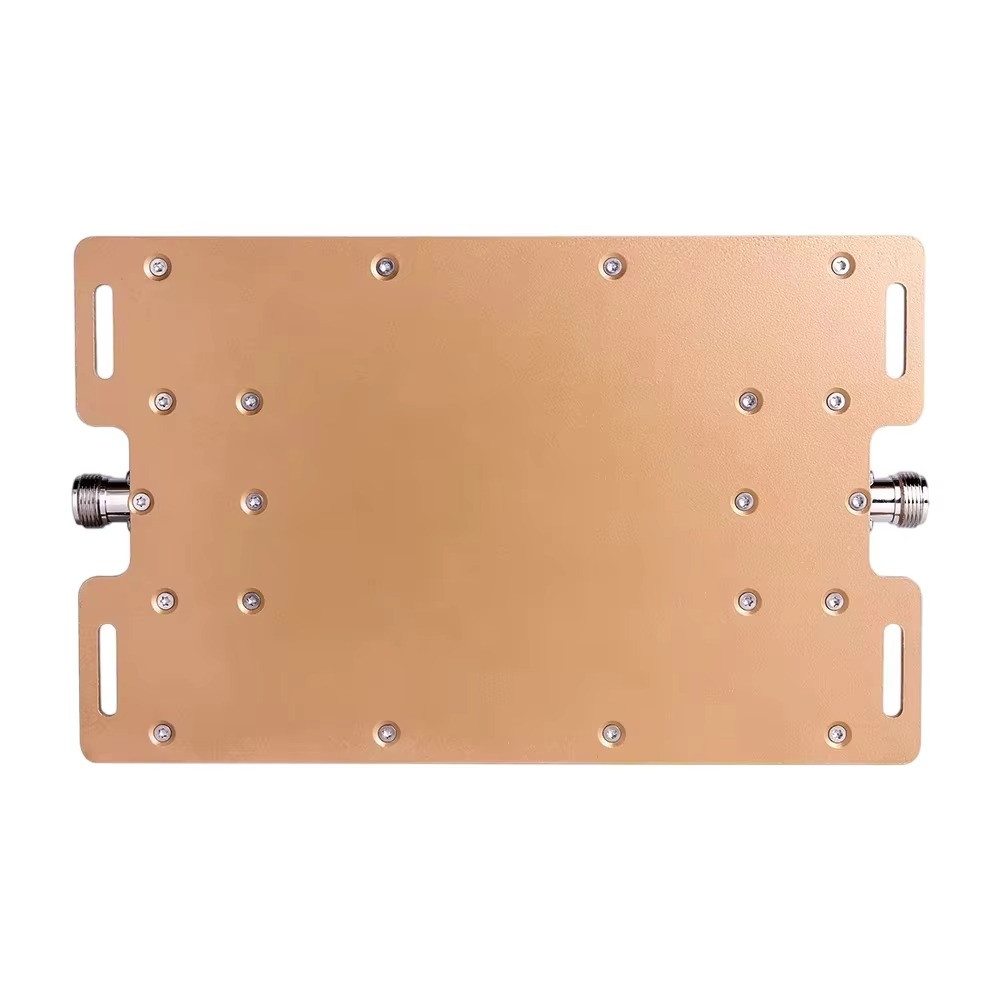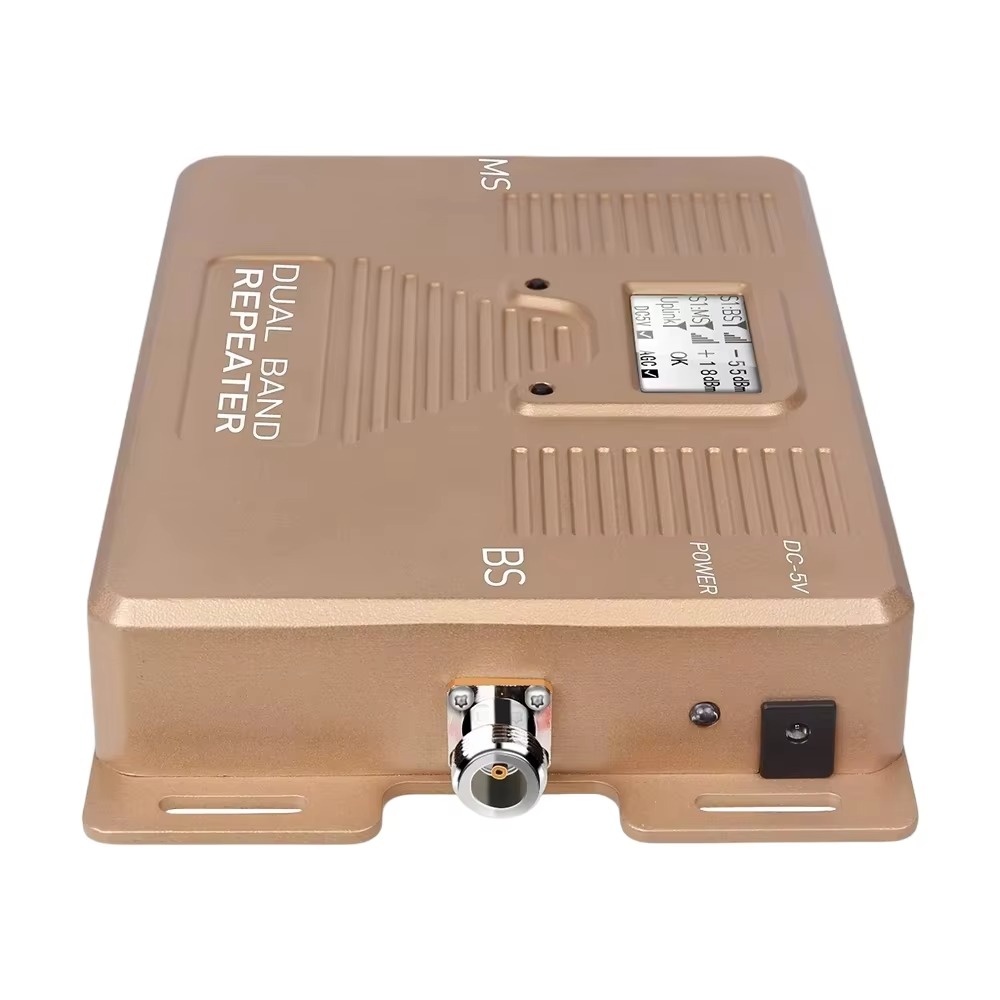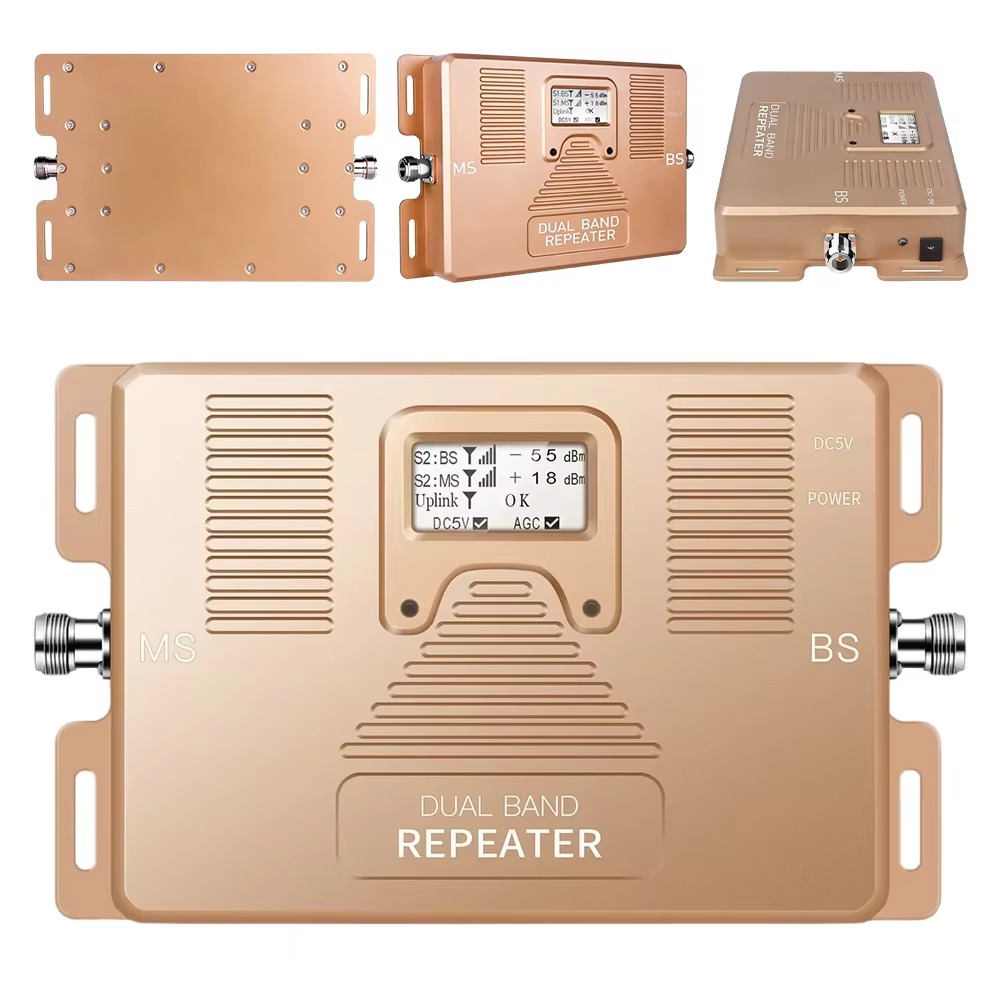The proliferation of compact dual-frequency GNSS antennas is not an isolated technological trend; it is a key enabler catalyzing innovation across a breathtakingly wide spectrum of industries. By delivering high-precision positioning as a commodity component, it is fundamentally changing how machines and systems interact with the physical world.
Current and Emerging Applications
Precision Agriculture: This is a flagship application. Tractors and harvesters equipped with dual-frequency GNSS and RTK can autonomously steer with centimeter accuracy. This enables practices like precision seeding, fertilizing, and spraying, which reduce overlap, save inputs, lower costs, and minimize environmental impact. Drones use them for field mapping and targeted intervention.
Autonomous Systems and Robotics:
Autonomous Vehicles (AVs): While AVs use a sensor suite (cameras, LiDAR, radar), high-integrity GNSS is the foundational source of absolute global position and heading, essential for localization, path planning, and context for other sensors.
Drones (UAVs): For automated beyond-visual-line-of-sight (BVLOS) operations in logistics, infrastructure inspection, and mapping, precise and reliable positioning is non-negotiable for safety and regulatory compliance.
Mobile Robots: Warehouse robots, agricultural robots, and last-mile delivery robots use this technology for accurate navigation in complex environments.
Geomatics and Surveying: While the traditional market, it has been revolutionized. Surveyors now use compact antennas on poles, backpacks, and drones for rapid, highly accurate data collection, dramatically increasing productivity and the scope of projects.
Consumer Electronics and IoT: The inclusion of dual-frequency GNSS in high-end smartphones (e.g., Apple iPhone and Google Pixel models) is a game-changer. It enables precise lane-level navigation, improved augmented reality (AR) experiences, and faster location fixes in urban canyons. For the Internet of Things (IoT), it enables asset tracking for high-value logistics and micromobility (e.g., e-scooter) management.
Transportation and Logistics: Fleet management systems can now track vehicles with extreme accuracy for improved routing and geofencing. Railway systems use it for train control and asset management. Shipping ports use it to automate container handling cranes and vehicle operations.
Scientific Research: Applications in seismology (monitoring crustal deformation), meteorology (atmospheric water vapor sensing), and biology (animal tracking) rely on the continuous, precise data provided by networks of dual-frequency receivers.
Future Trends
The evolution of compact dual-frequency antennas is far from over. Several key trends will shape their future:
Multi-Band/Multi-Constellation Support: The future is "multi-everything." Next-generation antennas will be designed to efficiently receive not just L1/L2, but also L5, E5, E6, and B2 bands. This provides more signals, better robustness, and enables new techniques like phase-based commercial service authentication from Galileo.
Tighter Integration with Other Technologies (Sensor Fusion): The antenna will cease to be a standalone component. We will see tighter integration with:
Inertial Measurement Units (IMUs): Creating fused GNSS/IMU modules that provide continuous positioning even during GNSS outages (e.g., in tunnels).
Real-Time Kinematic (RTK) Corrections: Built-in cellular modems for receiving correction data will become more common in antenna modules.
Dead Reckoning Sensors: Integration with wheel encoders and other sensors for automotive applications.
Anti-Jamming and Anti-Spoofing (AJS): As society becomes more dependent on GNSS, protecting it becomes critical. Future antennas will incorporate advanced AJS technologies directly into their design. This includes controlled reception pattern antennas (CRPAs) that use multiple elements to form nulls in the direction of jammers, all in a compact form factor.
Algorithms and "Smart Antennas": More intelligence will be pushed to the antenna module itself. This could involve on-board processing to pre-filter signals, detect interference, and even provide preliminary position solutions, offloading work from the main receiver.
Further Miniaturization and Material Science Advances: Research into new metamaterials and dielectric composites with even higher stability and lower loss will continue to push the boundaries of how small and efficient these antennas can become, seamlessly integrating into wearables and other small form-factor devices.
In summary, the application landscape for compact dual-frequency antennas is vast and expanding rapidly, driven by the demand for automation and precise location intelligence. The future of this technology points towards more integrated, robust, and intelligent systems that will provide seamless and trustworthy positioning everywhere, forming the unshakeable foundation for the next generation of autonomous technology.
6. Conclusion: The Pivotal Role of the Compact Dual-Frequency GNSS Antenna
The journey through the overview, design, principles, advantages, and applications of the compact dual-frequency GNSS antenna reveals a singular truth: this component is far more than a simple passive receptor of radio waves. It is a sophisticated and critically active enabler of a technological revolution. Its development represents a triumph of engineering over physics, a story of how relentless innovation in materials, simulation, and manufacturing can condense world-class performance into a device of stunning simplicity and compactness.
The significance of this antenna lies in its role as a great democratizer. It has shattered the barrier between the specialized world of high-precision geodesy and the broader commercial and consumer markets. By solving the primary source of natural error in GNSS—the ionospheric delay—and doing so in a package that is affordable, durable, and easy to integrate, it has placed centimeter-accurate positioning into the hands of developers, entrepreneurs, and industries far beyond its original scope. It is the key that has unlocked the potential of autonomous systems, allowing machines to perceive their location with the precision required to navigate, operate, and interact with the world safely and efficiently.
From the sprawling fields of automated agriculture to the dense, signal-challenged urban canyons where smartphones guide our daily lives, the impact of this technology is profound. It enhances productivity, conserves resources, improves safety, and enables entirely new business models and services. It provides the absolute geographical truth that forms the bedrock for the sensor fusion stacks in autonomous vehicles and robots, making their complex perception and decision-making possible.
Looking forward, the compact dual-frequency antenna is not a finished product but a platform for continued innovation. The trends towards multi-band support, integration with complementary sensors, and built-in resilience against jamming and spoofing will ensure its relevance in an increasingly automated and security-conscious world. The demand for ever-smaller, more efficient, and more intelligent positioning solutions will continue to drive advances in materials science and electromagnetic design.
In conclusion, the compact dual-frequency GNSS antenna is a foundational technology of the 21st century. It is a perfect example of how a deep understanding of fundamental principles, when applied with ingenuity and precision, can produce a component that is transformative. It quietly and reliably performs its essential function, acting as the crucial bridge between the vast constellation of satellites in medium Earth orbit and the growing ecosystem of intelligent machines on Earth, empowering them to know their place in the world with unprecedented accuracy.




































































 Language
Language
 En
En Cn
Cn Korean
Korean

 Home >
Home > 







 18665803017 (Macro)
18665803017 (Macro)













